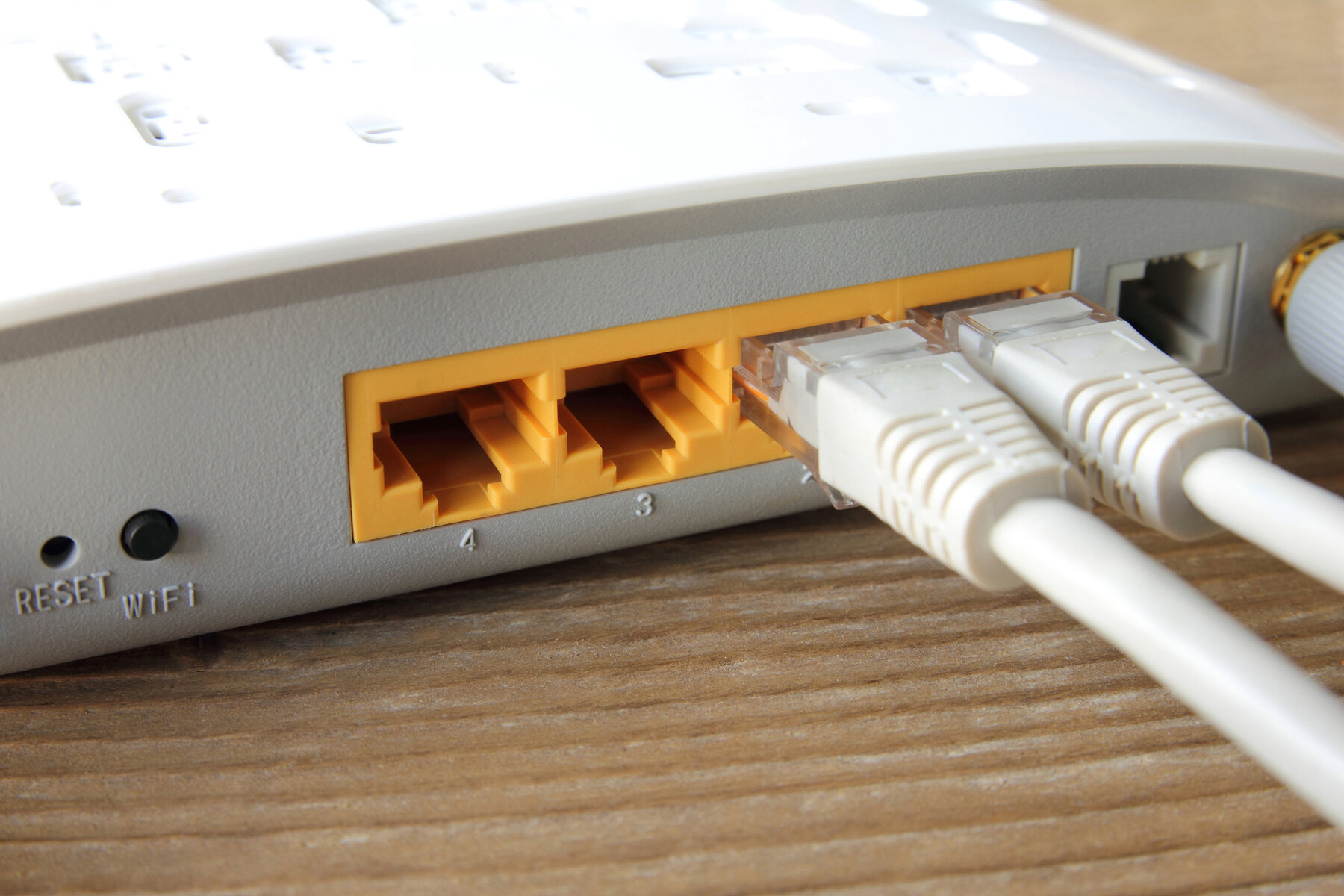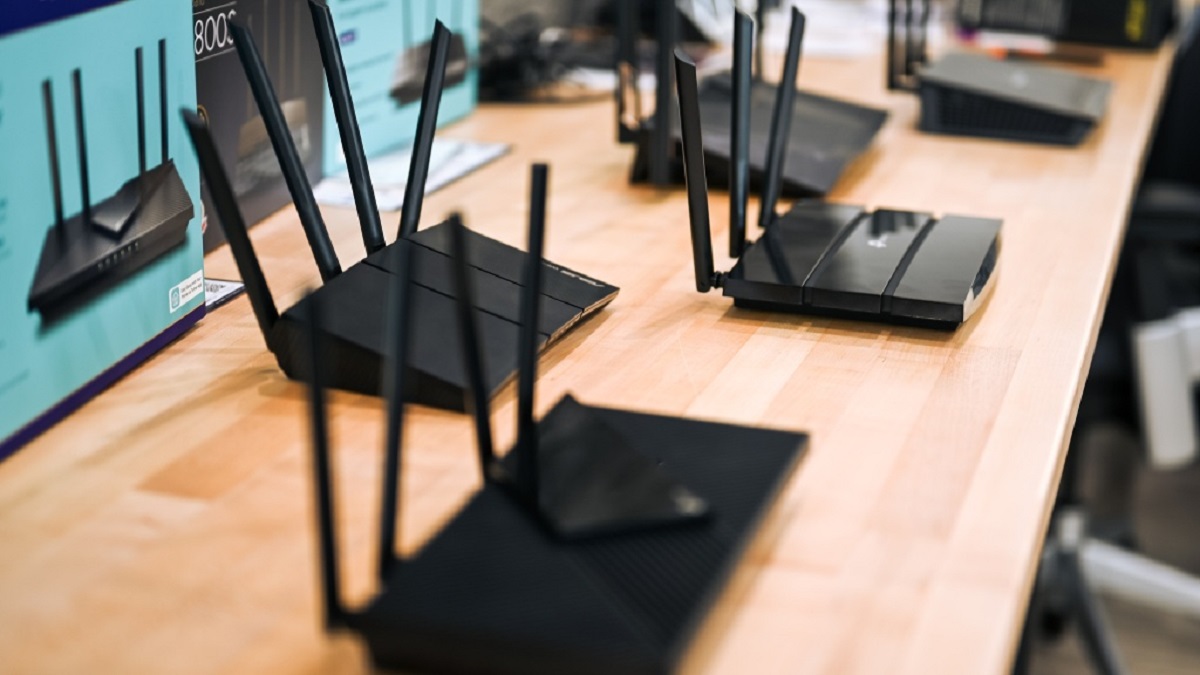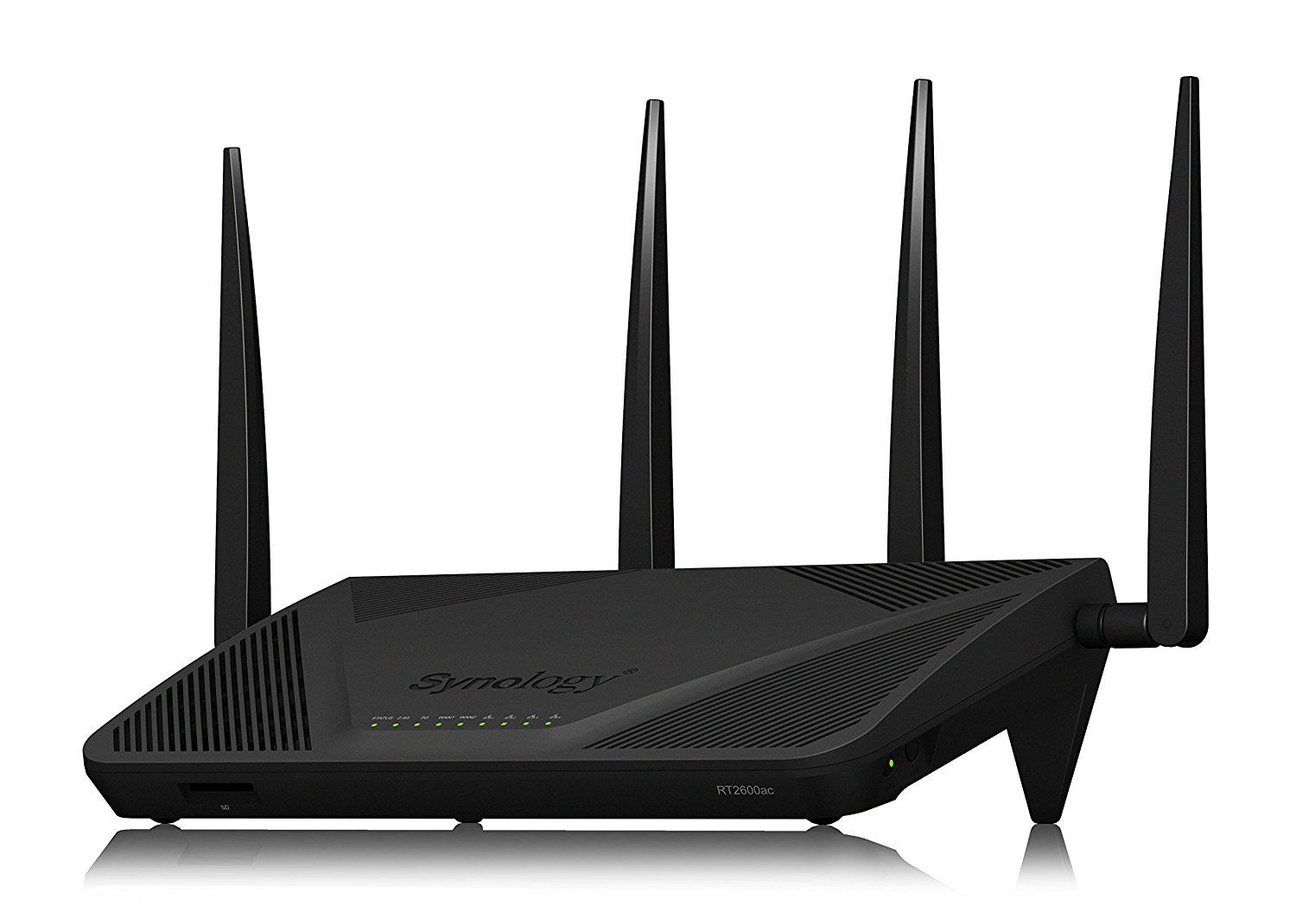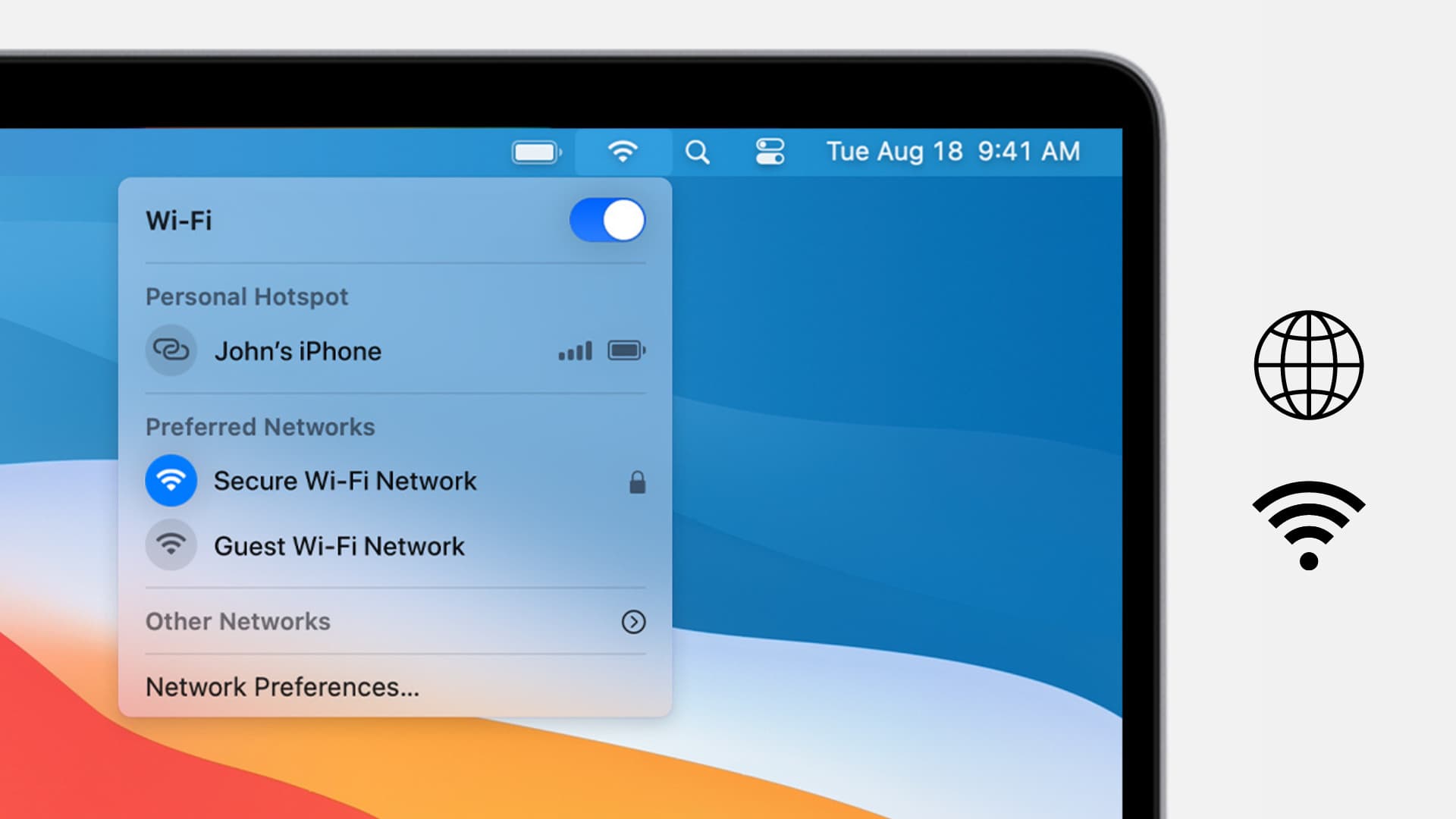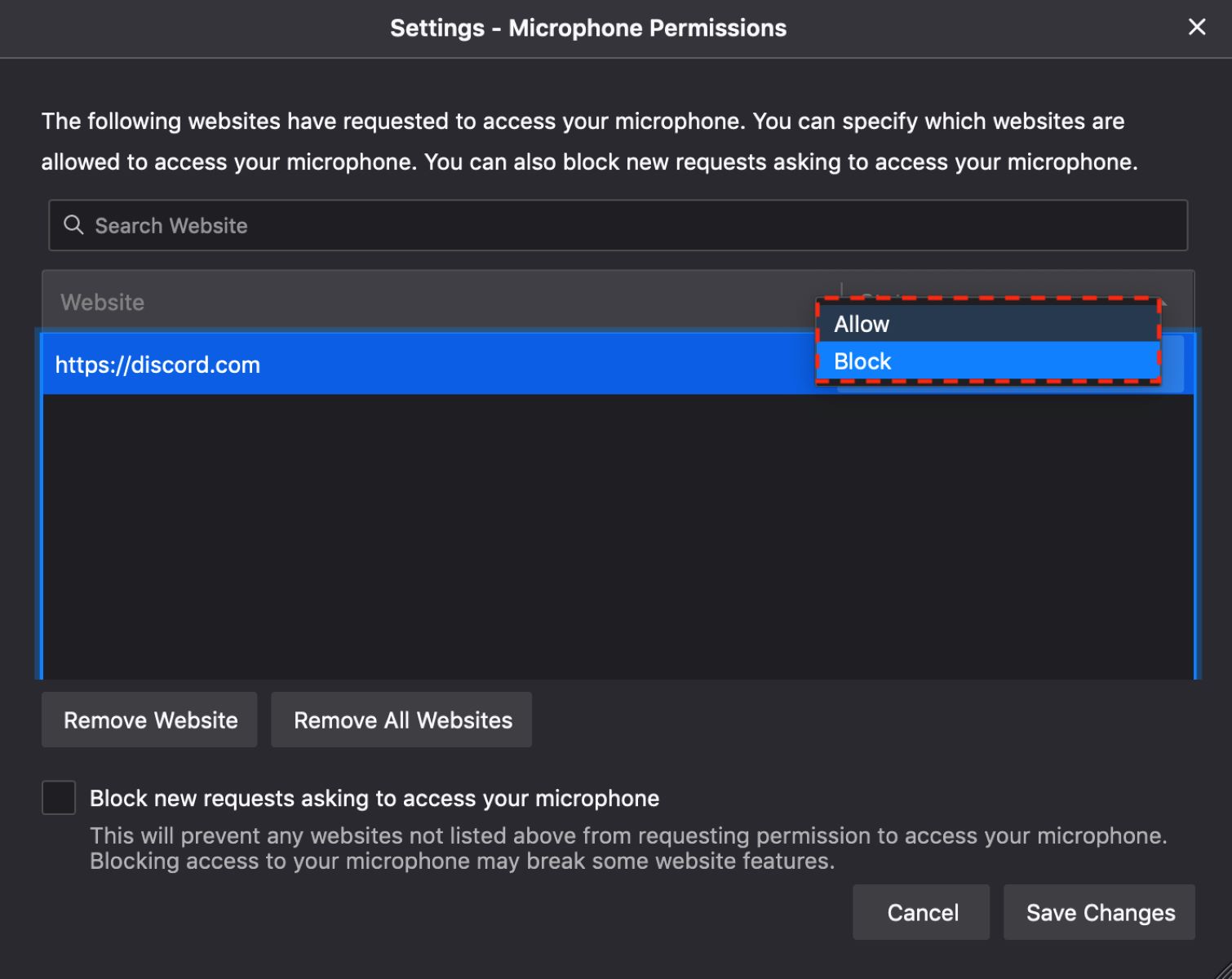Introduction
Welcome to this guide on how to configure a SMC wireless router. In today’s digital age, a reliable and secure wireless network is essential for our everyday connectivity needs. Whether you’re setting up a new router or looking to optimize the performance of your existing SMC router, this step-by-step guide will walk you through the configuration process.
Why configure your SMC wireless router?
Configuring your SMC wireless router allows you to customize and optimize its settings to suit your specific requirements. By accessing the router’s web interface, you gain control over various features such as the wireless network settings, password security, DHCP settings, port forwarding, and even VPN configuration.
About SMC routers
SMC routers are renowned for their reliability and advanced features. They offer a user-friendly interface, making it straightforward for both novice and experienced users to configure their routers to their liking. Whether you’re a home user or a small business owner, understanding how to configure your SMC wireless router can greatly enhance your network’s performance and security.
Prerequisites
Before diving into the configuration process, there are a few prerequisites you should have in place:
- A SMC wireless router – Ensure you have a SMC router model that supports the advanced configuration features mentioned in this guide. Consult your router’s manual or SMC’s official website for compatibility information.
- A computer or device connected to the router – To access the router’s web interface, you’ll need a computer or device connected to the same network as the router.
- Access to the router’s default gateway IP address – The default gateway IP address is the web address you’ll use to access the router’s administration panel. This IP address is usually printed on the router itself or mentioned in the user manual.
- A web browser – Any modern web browser such as Google Chrome, Mozilla Firefox, or Microsoft Edge will work for accessing the router’s web interface.
Once you have these prerequisites in place, you’re ready to begin the configuration process. In the following steps, we’ll guide you through each stage of configuring your SMC wireless router, ensuring you have a secure and optimized wireless network customized to your needs.
Step 1: Accessing the SMC router’s web interface
Accessing the web interface of your SMC router is the first step towards configuring its settings. The web interface provides a user-friendly graphical interface where you can make changes to various configurations. Follow the steps below to access the SMC router’s web interface:
- Ensure that your computer or device is connected to the SMC router’s network either via Ethernet cable or through a wireless connection.
- Open a web browser on your computer or device. It is recommended to use a updated browser version for the best compatibility.
- In the address bar, enter the default gateway IP address of the router. Typically, this is 192.168.0.1 or 192.168.1.1, but it may vary depending on the router’s configuration. You can find the default gateway IP address on the router itself or in the router’s documentation.
- Press Enter or click the Go button to navigate to the login page of the router’s web interface.
- At the login page, you will be prompted to enter your credentials. By default, the username is admin and the password is either admin or password. If you have changed these credentials in the past and don’t remember them, you may need to perform a factory reset on the router.
- After entering the correct credentials, click on the Login or Submit button to proceed.
- If the login information is correct, you will be redirected to the main dashboard of the router’s web interface.

Once you have successfully accessed the SMC router’s web interface, you are now ready to configure its settings according to your preferences. In the following steps, we will guide you through the process of configuring various aspects of your SMC wireless router, ensuring optimal performance and security for your wireless network.
Step 2: Logging into the router’s settings
After accessing the web interface of your SMC router in the previous step, you will now need to log in to gain access to the router’s settings. Logging in allows you to customize and configure various aspects of your router according to your requirements. Follow the steps below to log into your SMC router’s settings:
- Once you are on the main dashboard of the router’s web interface, navigate to the Administration or Settings section. The exact location may vary depending on the router’s model and firmware version.
- Look for the Login option or tab within the Administration/Settings section and click on it to proceed to the login page.
- On the login page, enter the administrator username and password. These credentials may differ from the default login credentials used to access the web interface. If you have changed the login credentials in the past and can’t recall them, you may need to reset the router to factory defaults.
- Click on the Login or Submit button to proceed.
- If the login credentials are correct, you will be granted access to the router’s settings page. Here, you can view and modify various settings such as wireless network configurations, security options, port forwarding, firmware updates, and more.
- Take a moment to familiarize yourself with the layout and structure of the router’s settings page. The settings may be organized into different sections or tabs for easier navigation and configuration.
It is important to note that accessing and modifying the router’s settings requires administrative privileges. Keep your login credentials secure and ensure that only authorized individuals have access to the router’s web interface.
Now that you have successfully logged into your SMC router’s settings, you can proceed to the next step of configuring the wireless network settings. In the following steps, we will guide you through the process of customizing various aspects of your network to ensure reliable and secure wireless connectivity.
Step 3: Configuring the wireless network settings
Configuring the wireless network settings of your SMC router is crucial for achieving optimal wireless performance and security. In this step, we will guide you through the process of customizing and optimizing the settings of your wireless network. Follow the steps below to configure your SMC router’s wireless network settings:
- From the main settings page of your SMC router, navigate to the Wireless or Wi-Fi section. This section is where you can configure various wireless network settings.
- Locate the SSID (Service Set Identifier) field. This is the name that will be displayed for your wireless network. Choose a unique and easily identifiable SSID to distinguish it from other nearby networks.
- Choose a suitable security protocol for your wireless network. The recommended options are WPA2-PSK (Wi-Fi Protected Access 2 – Pre-Shared Key) or WPA3-PSK for enhanced security. Avoid using WEP (Wired Equivalent Privacy) as it is outdated and less secure.
- Set a strong and unique passphrase for your wireless network. This passphrase is required for devices to connect to your Wi-Fi network. Ideally, it should be a combination of letters, numbers, and symbols.
- Consider enabling the option to hide the SSID. This makes your wireless network invisible to casual users who may be searching for available networks.
- Adjust the wireless channel settings to ensure the least interference from neighboring networks. You can choose either automatic channel selection or manually select a less congested channel.
- Configure the wireless transmission power. Lowering the transmission power can help reduce interference and improve the overall performance of your wireless network.
- Save the changes made to the wireless network settings.
Once you have completed these steps, your SMC router’s wireless network settings are now configured to your preferred specifications. Remember to save the changes before proceeding to the next step.
Configuring the wireless network settings is an essential part of optimizing your SMC router’s performance. In the upcoming steps, we will guide you through configuring other important settings such as secure password setup, DHCP settings, port forwarding, and more.
Step 4: Setting up a secure password for the router
Setting up a strong and secure password for your SMC router is crucial to protect your network from unauthorized access. By following best practices for password security, you can significantly reduce the risk of your router being compromised. In this step, we will guide you through the process of setting up a secure password for your SMC router:
- From the main settings page of your SMC router, locate the section related to router password or administration password.
- Click on the password field and enter the current password if prompted.
- Choose a new password that is strong, unique, and not easily guessable. A strong password should include a combination of uppercase and lowercase letters, numbers, and special characters.
- Ensure that your new password is at least 8-12 characters long for optimal security.
- Avoid using common passwords or personal information that can be easily associated with you.
- Consider using a password manager to securely generate and store your router’s password.
- Confirm the new password by entering it again in the appropriate field.
- Save the changes to update the router’s password.
By setting up a strong and secure password for your SMC router, you greatly reduce the risk of unauthorized access to your network. It is important to periodically update your router’s password to ensure ongoing security.
Now that you have set up a secure password for your SMC router, you can proceed to the next step where we will guide you through configuring the DHCP settings. DHCP (Dynamic Host Configuration Protocol) is responsible for assigning IP addresses to devices on your network, ensuring smooth communication and connectivity.
Step 5: Configuring the DHCP settings
The DHCP (Dynamic Host Configuration Protocol) settings of your SMC router are responsible for automatically assigning IP addresses to devices connected to your network. Configuring the DHCP settings ensures smooth communication and connectivity among devices. Follow the steps below to configure the DHCP settings on your SMC router:
- From the main settings page of your SMC router, navigate to the DHCP or LAN Setup section. This is where you can configure the DHCP settings.
- Check if the DHCP server is enabled. In most cases, it is enabled by default.
- Specify the range of IP addresses that can be assigned to devices on your network. This range defines the pool of available IP addresses. Ensure that the range is compatible with your network’s requirements and does not conflict with any existing static IP addresses.
- Set the lease duration for the assigned IP addresses. The lease duration determines how long a device can keep the same IP address before it needs to renew the lease. The default duration is usually sufficient for most networks but can be adjusted if needed.
- Configure other DHCP-related settings such as the DNS (Domain Name System) server addresses. The DNS server translates domain names into IP addresses, allowing devices to access websites using their domain names.
- Save the changes to apply the new DHCP settings.
Configuring the DHCP settings on your SMC router ensures that all devices on your network receive appropriate IP addresses and can communicate effectively. It eliminates the need for manual IP address assignment, making it convenient for both home and small office networks.
Now that you have successfully configured the DHCP settings on your SMC router, you can proceed to the next step where we will guide you through enabling port forwarding. Port forwarding allows you to access devices on your network from the internet by forwarding incoming requests to specific ports.
Step 6: Enabling port forwarding
Enabling port forwarding on your SMC router allows you to access devices on your network from the internet by forwarding incoming requests to specific ports. This is especially useful when you want to set up services such as remote desktop, web servers, or gaming servers. Follow the steps below to enable port forwarding on your SMC router:
- From the main settings page of your SMC router, navigate to the Port Forwarding or Applications & Gaming section. This is where you can configure the port forwarding settings.
- Select the option to enable port forwarding.
- Enter the IP address of the device on your network that you want to forward ports to. This can be the IP address of your computer, server, or any other device hosting the service you want to access.
- Specify the port number or range of ports that need to be forwarded to the device. Different services use different port numbers, so ensure you enter the correct port(s) for the desired service.
- Choose the protocol for forwarding, either TCP, UDP, or both, depending on the requirements of the service.
- Save the changes to apply the port forwarding settings.
Enabling port forwarding on your SMC router allows external devices to connect to specific services on your network. However, it is important to note that improperly configured port forwarding can pose security risks. Therefore, it is recommended to only forward ports that are necessary and to regularly review and update the port forwarding settings.
Now that you have successfully enabled port forwarding on your SMC router, you can proceed to the next step where we will guide you through configuring VPN settings (if desired). VPN (Virtual Private Network) allows you to establish a secure connection to your network from remote locations.
Step 7: Configuring VPN settings (if desired)
If you want to establish a secure connection to your SMC router from remote locations, configuring VPN (Virtual Private Network) settings is the way to go. Setting up a VPN allows you to securely access your network resources while keeping your data encrypted. Follow the steps below to configure VPN settings on your SMC router:
- From the main settings page of your SMC router, navigate to the VPN or Security section. This is where you can configure the VPN settings.
- Check if the VPN server is supported and enabled on your SMC router model. If not, you may need to consider using a dedicated VPN server or service.
- Configure the VPN protocols and encryption methods you wish to use. The most commonly used VPN protocols are PPTP (Point-to-Point Tunneling Protocol) and OpenVPN.
- Create user accounts with strong and unique passwords for VPN authentication. These accounts will be used by remote users to connect to your network securely.
- Specify the IP address range that will be assigned to remote VPN clients. This range should be different from your local network’s IP address range to avoid conflicts.
- Save the changes to apply the VPN settings.
Configuring VPN settings on your SMC router provides a secure way to access your network resources from remote locations. It encrypts your internet connection and ensures the confidentiality and integrity of your data.
Once you have successfully configured the VPN settings on your SMC router (if desired), you can proceed to the next step where we will guide you through updating the router’s firmware. Updating the firmware is essential to ensure your router is equipped with the latest features, bug fixes, and security enhancements.
Step 8: Updating the router’s firmware
Updating the firmware of your SMC router is essential for ensuring optimal performance, bug fixes, and security enhancements. Firmware updates provide new features, improved compatibility, and address vulnerabilities that could be exploited by attackers. Follow the steps below to update the firmware of your SMC router:
- Visit the SMC website or check the router’s documentation to find the latest firmware version available for your specific router model.
- Download the firmware file to your computer or device.
- Once you have the firmware file, open a web browser and log in to the router’s web interface using the steps mentioned earlier.
- Navigate to the Firmware or System Update section within the router’s settings.
- Click on the “Choose File” or “Browse” button and locate the firmware file you downloaded in step 2.
- Follow the on-screen instructions provided by the router’s web interface to begin the firmware update process.
- Do not interrupt the update process or turn off the router until it has completed. This can lead to a corrupted firmware and render the router inoperable.
- After the update is complete, the router may reboot, and you will be prompted to log in again.
By updating the firmware of your SMC router, you ensure that your router is running on the latest software version with improved stability, performance, and security. It is recommended to periodically check for firmware updates and keep your router up to date to stay protected against emerging threats.
Now that you have successfully updated the firmware of your SMC router, you can proceed to the next step where we will provide some troubleshooting tips for common issues that may arise with your router.
Step 9: Troubleshooting common issues
While configuring your SMC router, you may encounter common issues that can disrupt your network connectivity or hinder the desired settings. Troubleshooting these issues can help you resolve problems quickly and efficiently. Below are some common issues you may encounter and their possible solutions:
- No internet connection: If you’re unable to connect to the internet after configuring your SMC router, first ensure that your modem is connected and powered on. Check the physical connections between the modem, router, and computer. Restarting the modem and router can also help resolve connectivity issues.
- Incorrect wireless network settings: If you’re unable to connect to the wireless network, double-check the SSID and password entered on your device. Ensure that you have selected the correct security protocol and entered the password correctly. If necessary, try restarting the router and reconnecting to the network.
- Slow or intermittent wireless connection: If your wireless connection is slow or keeps dropping, try changing the wireless channel on your router to avoid interference from other nearby networks. Adjusting the wireless transmission power or relocating the router to a central location can also improve the wireless signal strength.
- Unable to access router’s web interface: If you’re unable to access the web interface of your SMC router, check that you’re using the correct default gateway IP address. Clear your browser cache and cookies, or try using a different web browser. If the issue persists, you may need to perform a factory reset on the router and reconfigure it from scratch.
- Firmware update failure: If you encounter an issue while updating the router’s firmware, ensure that you have downloaded the correct firmware file for your router model. Follow the firmware update process carefully, and avoid interruption or power loss during the update. If the update fails, contact SMC support for further assistance.
It’s important to remember that troubleshooting steps may vary depending on the specific issue and router model. Consult the SMC support documentation or reach out to their customer support for further assistance if needed. With patience and troubleshooting, most common issues can be resolved, ensuring a smooth and reliable network experience.
Conclusion
Congratulations! You have successfully configured your SMC wireless router, customized its settings, and resolved common issues along the way. By following the step-by-step guide provided in this article, you have optimized your network’s performance, enhanced security, and ensured a seamless connectivity experience.
Throughout this guide, we covered a range of important steps, including accessing the router’s web interface, logging into the settings, configuring wireless network settings, setting up a secure password, configuring DHCP settings, enabling port forwarding, configuring VPN settings (if desired), updating the router’s firmware, and troubleshooting common issues.
Remember, regular maintenance and periodic checks are essential to keep your router running smoothly. Check for firmware updates from SMC periodically to benefit from new features, bug fixes, and security enhancements. Additionally, make it a practice to review and update your network’s security settings, such as passwords and firewall configurations, to mitigate potential risks.
If you encounter any difficulties or have specific questions about your SMC router’s features or settings, refer to the router’s documentation or reach out to SMC’s customer support for further assistance.
Thank you for following this guide, and we hope it has helped you in successfully configuring your SMC wireless router. Enjoy your reliable, secure, and fully optimized network connectivity!







